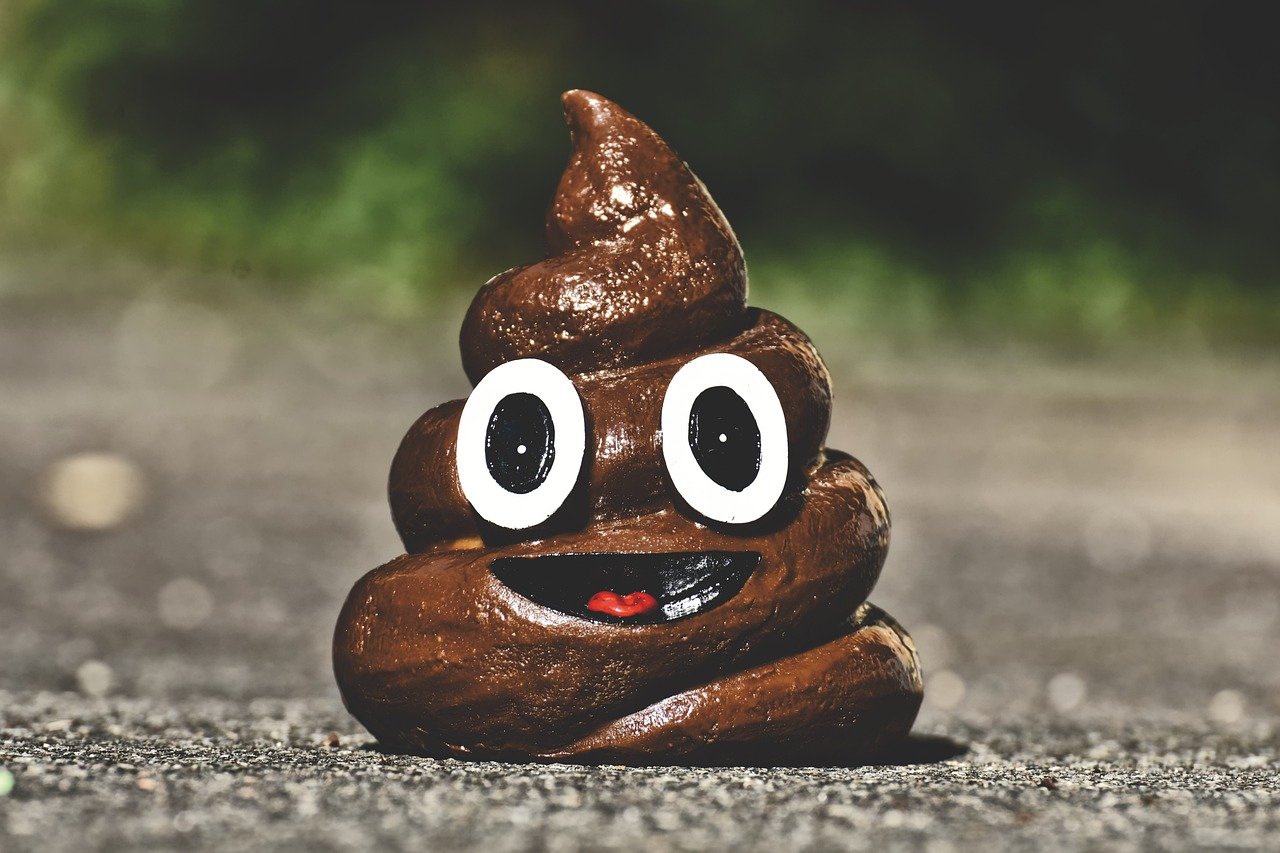** Disclaimer…this post is not medical advice. Please talk to your child’s primary care provider about any medical concerns. ***
If you have babies, you deal with poop. Sometimes a lot of poop. Sometimes a REALLY lot of poop. Sometimes there’s so much poop that you wonder where it all came from.
And then they get to be toddlers and preschoolers, and sometimes you go straight from SO MUCH POOP to not enough poop, and you wonder wait…what happened?!?

Constipation is what happens when stools do not easily pass through the intestines and out the body. It is an incredibly common problem in children. In fact, HealthyChildren.org reports that 1 in 20 visits to the doctor are for something to do with constipation or bowel movements.
Kids get constipated for a lot of reasons. Often, a child may delay going to the bathroom because she is engaged in play tasks and doesn’t want to stop playing. Over time, this causes the stool in the colon to get hard and backed up. When she does finally go to the bathroom, it can be very painful to pass that bowel movement. Then the child may fear going to the bathroom and having it hurt again, setting up the cycle to go over and over again.
About 4 years ago I started treating kids with constipation and other bowel and bladder disorders as a part of my physical therapy practice. I have learned a ton of things about poop and pee since then. At this point in my practice, I assume ALL of my patients are constipated until they prove to me differently! Here are 5 myths that I encounter every day in my practice, and the truths that I try to teach to my patients and their families.

Myth # 1 – You can’t be constipated if you poop every day.
Truth – Kids can poop every day and still be constipated. When a child (or an adult for that matter) delays going to the toilet that stool will back up into the colon. The end of the colon is called the rectum, and it can get stretched out with stool when a person doesn’t regularly have a bowel movement. When that happens, small bits of liquid stool or very soft stool can work their way around the bulk of the stool and pass through into the toilet. If a child has very large diameter stools (like stools that will plug the toilet) or has small, squishy, watery stools, he is probably constipated, even if he is pooping every day.
Myth #2 – Smears in underwear means the kiddo isn’t doing a good job wiping.
Truth – While this might be the case, it also might be true that the child is constipated. When a person has a large stool load in their rectum, little bits of stool can poke out or slide out around the stool load and come out into the underwear. Most of the time a person with constipation doesn’t even feel this. Check out this great video “The Poo in You” for a great explanation of the biology behind smears in the underwear.
Myth #3 – All constipation can be managed by good diet. If your kids eat well they will never be constipated.
Truth – A good diet can really help avoid constipation. I like to tell my patients to try to “eat the rainbow,” meaning eat things each day that are many different colors. However, many things influence the tendency towards constipation, including genetics, activity level, health conditions, and medications. Some people have slower gut motility at baseline, and they may need help managing their bowels and bowel schedule. Just because your child is constipated doesn’t mean he or she is doing anything wrong and it doesn’t automatically mean his diet is poor.
Myth #4 – For best pooping, tell kids to “Squeeze the poop out!”
Truth – DON’T SQUEEZE! When a child hears “squeeze” they often tighten their legs and try to pinch the muscles around their anus (also known as the pelvic floor) which makes the opening tight and doesn’t allow the stool to pass. For good pooping, instead you should tell your child to take a deep breath and relax their bottom, and then try to push down from on top. Creating pressure from above against a relaxed pelvic floor is a much more efficient way of passing stool.
Myth #5 – There’s nothing you can do about constipation except laxatives and medications.
Truth – Good daily habits can go a long way in managing and defeating constipation. Children should drink plenty of water, eat plenty of fruits and vegetables, and be encouraged to use the toilet regularly, ideally after eating each meal. I also encourage all my patients to use a stool under their feet to allow for better pushing and positioning on the toilet. Also, physical therapy is actually a very effective intervention for children experiencing constipation. In physical therapy, a child can learn how to relax his or her pelvic floor muscles and also work on core strength and stability to help her be more effective in pushing out that poop.
Dealing with poop is never fun, and it gets less fun the further you get away from infancy. But just because constipation is common doesn’t mean it is something you have to accept of just deal with. If you have any questions about your child’s bowels or bowel habits, talk with your doctor. Creating those good habits in childhood can help set your child up for a lifetime of better gut health. With a little help, everyone can be a “SUPER POOPER!”











Going vegan ( and not the processed kind) definitely means more fiber and really lessened my kids constipation issues. Mommy